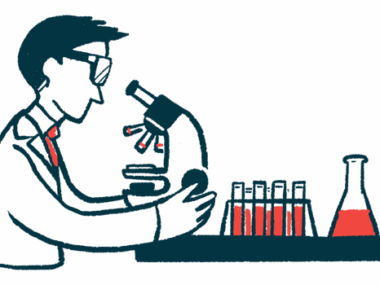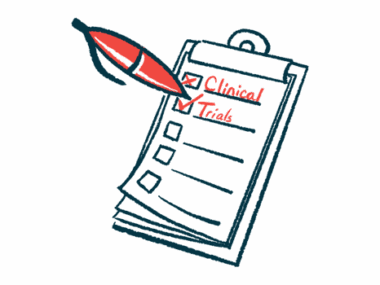First SCD patient enrolled in Phase 1b trial of oral therapy iadademstat
Investigational drug designed to boost fetal hemoglobin to help treat disease
Written by |

The first sickle cell disease (SCD) patient has been enrolled in a Phase 1b clinical trial evaluating iadademstat, Oryzon Genomics‘ investigational oral therapy designed to boost fetal hemoglobin (HbF).
“SCD represents a major unmet medical need,” Carlos Buesa, PhD, Oryzon’s CEO, said in a company press release. “This is an important step toward offering new hope and potential treatment options for patients living with this condition.”
The study, dubbed RESTORE (2025-521838-29-00), plans to enroll up to 40 adults, 18 years and older, with SCD at several sites across Spain. The European Medicines Agency cleared it in August.
Enrollment of the first RESTORE participant “in a record time is an important milestone as we bring the first oral LSD1 [suppressor] into clinical testing for SCD in Europe,” said Ana Limón, PhD, senior vice president of clinical development and medical affairs at Oryzon.
Iadademstat designed to block key enzyme
In SCD, genetic mutations result in the production of an abnormal version of hemoglobin, the protein in red blood cells that carries oxygen. This faulty protein causes red blood cells to adopt a rigid, sickle-like shape that prevents proper oxygen transport and blocks blood flow. This can lead to severe complications, including painful vaso-occlusive crises (VOCs).
SCD-driving mutations affect the adult form of hemoglobin, but not the fetal version, which is produced during development and is silenced shortly after birth. As such, boosting HbF production is one approach to treating SCD.
Some approved SCD therapies are designed to increase HbF by modifying a gene that regulates its production. While these gene therapies have been shown to reduce VOCs in clinical trials, their regimen is complex and comes with high costs, which can limit access.
Iadademstat is an oral medication designed to potently and selectively block LSD1, an enzyme that regulates gene activity by removing certain chemical tags from genes. Previous studies in lab-grown cells have shown that LSD1 suppression promotes HbF production.
Our goal is to deliver to SCD patients a clinical benefit comparable to that achieved with certain gene therapies through inducing HbF, with the potential advantages of an oral, scalable approach.
In preclinical studies, a single dose of iadademstat significantly increased HbF levels in baboons, an animal model with translational relevance to humans, according to Oryzon.
“Our goal is to deliver to SCD patients a clinical benefit comparable to the one achieved with certain gene therapies through inducing HbF, with the potential advantages of an oral, scalable approach,” Limón said.
Because LSD1 production is increased in many types of cancer, iadademstat has been investigated as a potential treatment for certain blood-based cancers in nearly 200 patients so far, demonstrating a favorable safety and tolerability profile.
The Phase 1b RESTORE trial will assess iadademstat’s safety, tolerability, and effect on HbF production in adults with SCD.
“Increases in HbF have already been recognized by the [U.S. Food and Drug Administration] as a clinically meaningful [outcome] for the treatment of SCD,” the release stated.
RESTORE data will also help establish a recommended dose of iadademstat for a potential Phase 2 trial in SCD patients.
“We expect to obtain initial insights within the next few months that will help us better understand iadademstat’s potential in this indication,” Buesa said.






